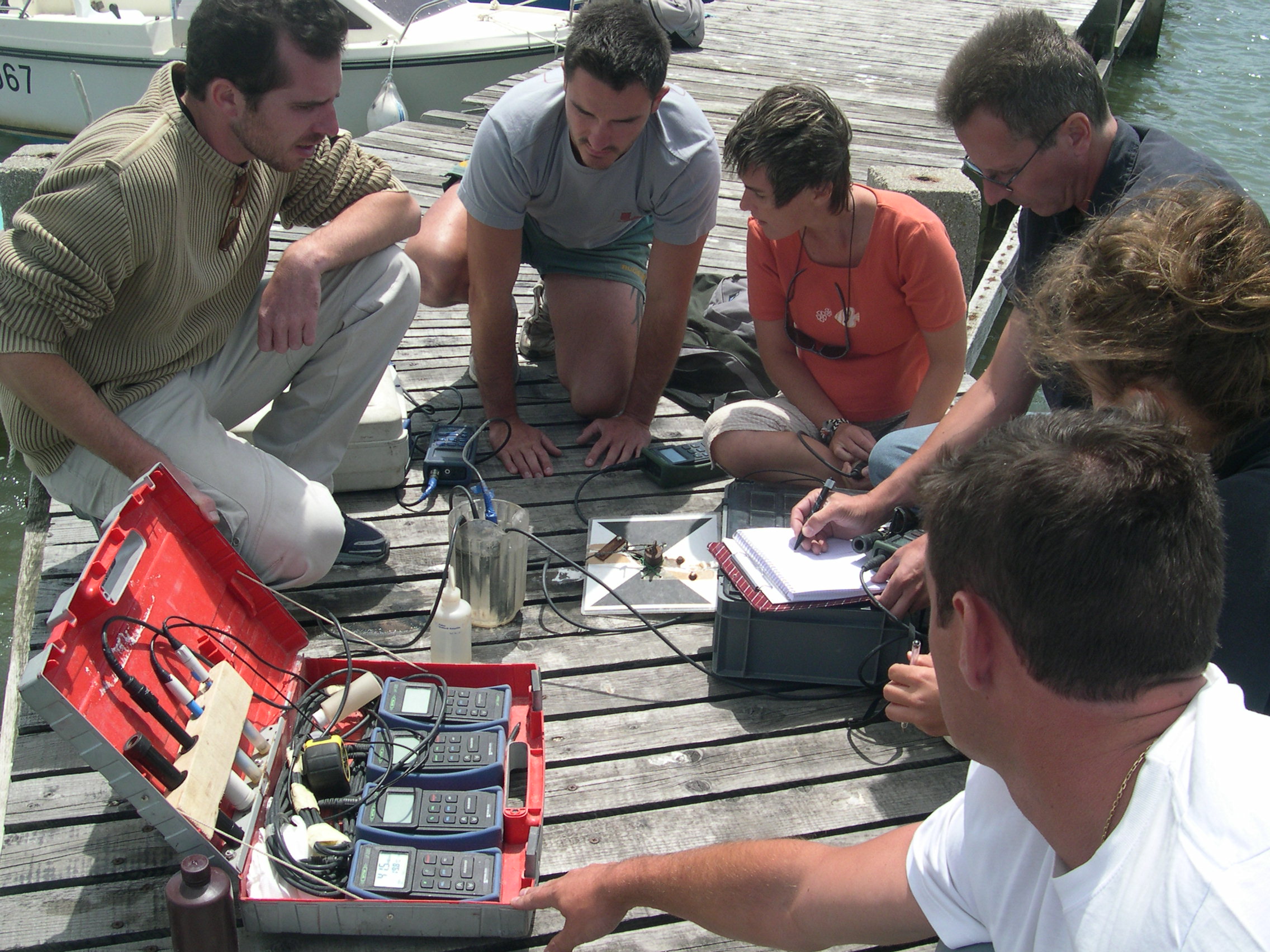Building bridges between decision-makers, scientists, and managers
Following an evaluation carried out in 1995, which showed that wetlands were continuing to decline, an initial National Wetlands Action Plan was drawn up and implemented. Five years later, Transfer Units have been building on this Plan in order to decentralise actions and to give more support to local initiatives.
The Transfer Units: a system at the service of French “Wetlands” policy.

The purpose of the Wetlands Transfer Units is to create and support local initiatives for the sustainable management of wetlands by positioning themselves at the interface between the different territorial stakeholders and scientists, socio-professionals, and decision-makers.
Their role is to disseminate the national action plan among land managers while pursuing the common objectives of making information available, promoting sustainable management, and forging links with stakeholders at the national level.
There are 4 units, devoted to the main types of existing wetlands:
the Transfer Unit for Atlantic, English Channel, and North Sea coastal marshes
- the Mediterranean Lagoons Transfer Unit
- the Peatlands Unit
- the Unit for ponds, inland wetlands, and alluvial valleys
- In order to carry out these objectives, the transfer units have developed three major types of activities:
1 – Distributing reliable information about wetlands via monthly newsletters and bibliographic databases that are accessible on the website, and also through the production of summaries for the general public and various stakeholders.
2 – Promoting good practices for management and restoration via experience sharing, through the production of reports on experiences and technical documents, but also by organising technical meetings or study trips, and supporting and/or overseeing local initiatives.
3 – Coordinating the World Wetlands Day which is organised every year.
The Mediterranean Lagoons Transfer Unit, led by the Tour du Valat
This Transfer Unit is organised by the Tour du Valat, in partnership with the Languedoc-Roussillon Natural Areas Conservatory and the Corsican Environmental Office. In order to be as close as possible to the stakeholders within each region, the Lagoons Unit team has members in the three Mediterranean regions (Provence-Alpes-Côte d’Azur, Languedoc-Roussillon, and Corsica) in organisations whose competences are recognised.
- A few examples of activities carried out by the Lagoons Unit:
- Creation of a bibliographical database that is accessible on the Lagoons Unit website
- Raising awareness among the general public (Internet site, World Wetlands Day, conferences, seminars, etc.)
- Training and organising the network of managers
- Participation in thematic groups (“Wetlands” group, ATEN workgroup, etc)
- Supporting implementation of the Water Framework Directive and the revision of the Masterplan for the Development and Management of Water Resources (SDAGE).
- Coordinating World Wetlands Day on the Mediterranean coast, via a request for projects each year aimed at the general public and schoolchildren, to stimulate involvement of citizens at the inter-regional scale (Corsica, Languedoc-Roussillon, and Provence-Alpes-Côte d’Azur). It also carries out the programme of events for the entire region and organises an awareness-raising day aimed at elected representatives.
The National Wetlands Portal of the National Office for Water and Aquatic Habitats (ONEMA) is an example of one of the tools that aims to bring together all the stakeholders involved with these habitats. This portal enables people to find out about events associated with wetlands (news, seminars, world wetlands day, etc), to make use of technical/legal abstracts, to share experiences with conservation or restoration, and to join in with the network of stakeholders working in this field, and it promotes a participative approach with local stakeholders by regularly providing information to the Wetlands Transfer Units. These Units transfer the local information up to the national level via the portal.
In order to find common solutions, the Wetlands Transfer Units base themselves mainly on their discussion networks and the pooling of experiences, and it is in this way that they build bridges between decision-makers, scientists, and managers, both locally and globally.